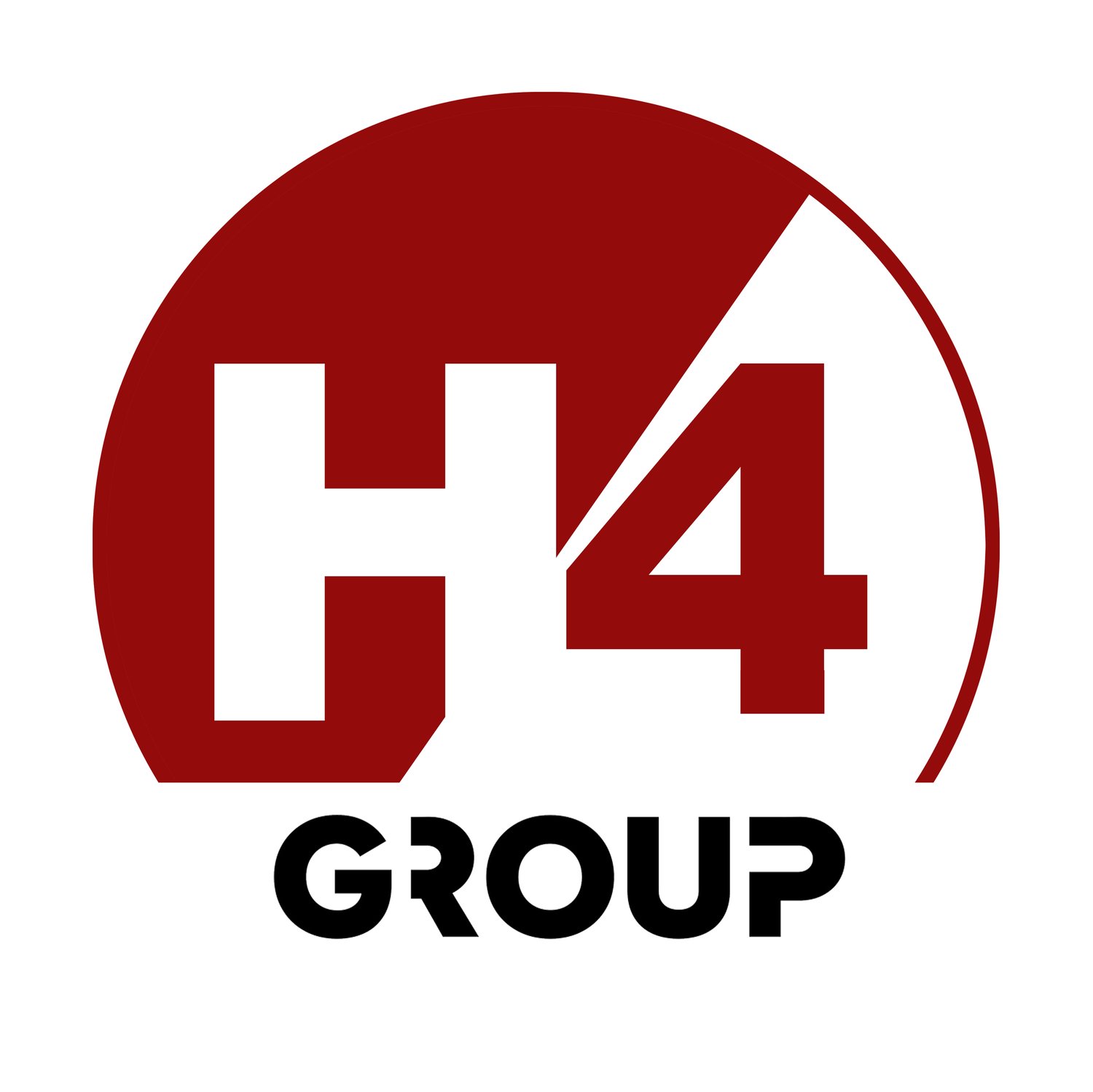The Growing Trend of Exposed Services in Offices: A Challenge for Property CGI Studios
In architectural visualisation, property CGI studios play a pivotal role in bringing buildings to life before they are constructed. However, a new challenge has emerged with the growing trend of using exposed mechanical and electrical services (M&E) in new and refurbished offices. While aesthetically pleasing, this design approach poses a significant hurdle for CGI studios as the M&E services are often detailed later in the design process, making it challenging to accurately represent the final look and feel of the space. In this blog post, we will explore the implications of this challenge and discuss potential solutions for property CGI studios.
The Rise of Exposed Services: Exposed services, such as air conditioning ducts, wiring, and plumbing, have gained popularity in modern office designs due to their industrial and contemporary aesthetic appeal. By exposing these elements, architects aim to create a sense of openness and authenticity in the workspace. Exposed services also provide practical advantages such as easier maintenance and flexibility for future modifications. However, integrating these services into the design process poses unique difficulties for property CGI studios.
Exposed services come to life when visualised in 3d
The Tail-End Charlie Syndrome: One of the primary challenges CGI studios face is the tendency for mechanical and electrical services to become a "tail-end Charlie" in the design process. Building agents and developers often prioritise marketing the property before the services have been designed in detail. Well before the BIM model is available. This time pressure can lead to insufficient information about the M&E services available when CGI studios start their visualisation work. As a result, they may have to resort to guesswork or generic placeholders, which can compromise the accuracy and realism of the final CGI renders.
Implications for Property CGI Studios: The need for detailed M&E information poses several issues for property CGI studios. Firstly, it becomes challenging to accurately represent the impact of exposed services on the space's overall aesthetic. For example, the presence and positioning of mechanical and electrical elements, such as extensive ductwork or suspended lighting fixtures, can significantly alter the visual appeal of a room. However, with this critical information, CGI studios may be able to convey the intended design intent and atmosphere to potential buyers or tenants.
Secondly, the absence of detailed M&E designs makes it difficult for CGI studios to showcase the functionality and practicality of the space. Exposed services must be seamlessly integrated into the overall design to ensure optimal airflow, lighting, and acoustics. Neglecting these considerations during the CGI visualisation process can result in misleading representations of the office space, potentially leading to dissatisfaction or confusion among stakeholders.
Exposed services add another dimension to office CGIs
Potential Solutions: H4 Group is almost certainly the only CGI studio with an environmental engineer and chartered surveyor at the helm. It allows them to look at General arrangement plans, talk to the M&E engineers, and decide on a distinctive look, feel, and critical design features. For example, suspended track lighting. Collaboration and communication between architects, developers, and property CGI studios are paramount to addressing this challenge. CGI studios must be involved in the design process early to ensure they have access to accurate M&E information. This collaboration can help establish a comprehensive understanding of the services and their integration into the overall design, enabling the CGI team to accurately represent the space in their visualisations.
Another solution lies in the use of advanced software and technology.
By working closely with engineers and designers, CGI artists can incorporate accurate representations of exposed services, including their positioning, size, and materials, thereby enhancing the realism and authenticity of the final renders.
Conclusion: The growing trend of using exposed services in new and refurbished offices brings a unique challenge to property CGI studios. The "tail end Charlie" syndrome, where services are often not fully designed before marketing begins, creates hurdles for CGI visualisation teams. However, through effective collaboration, improved communication, and advanced technology, CGI studios can overcome these challenges and accurately portray spaces' aesthetic and functional aspects with exposed M&E services.
At H4, we understand the M&E and are happy to help tease out the design to get the best visualisations for your pre-marketing campaign.
Author; Guy Middleton is a Chartered Surveyor and Environmental Engineer who can help you visualise your next exposed services project.


